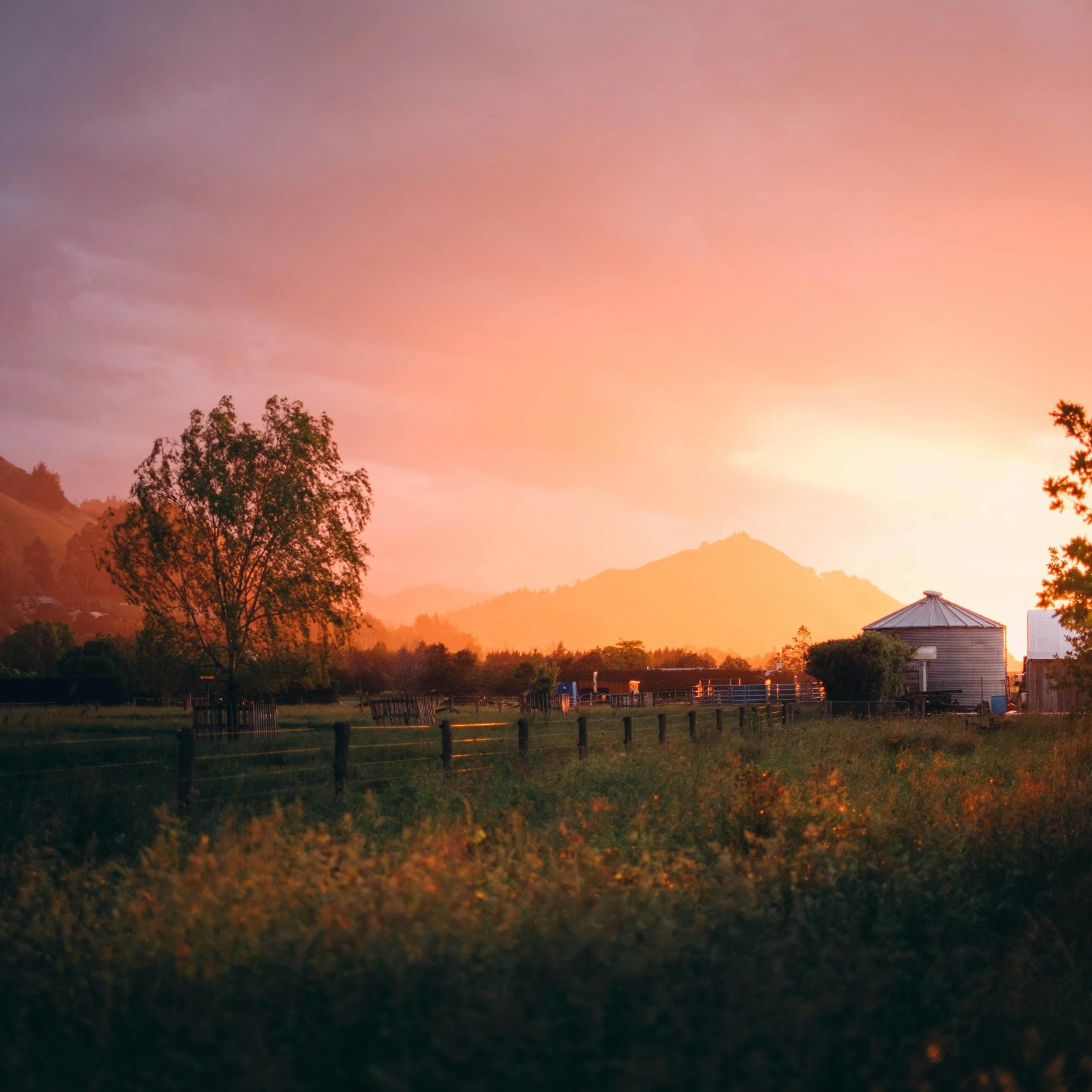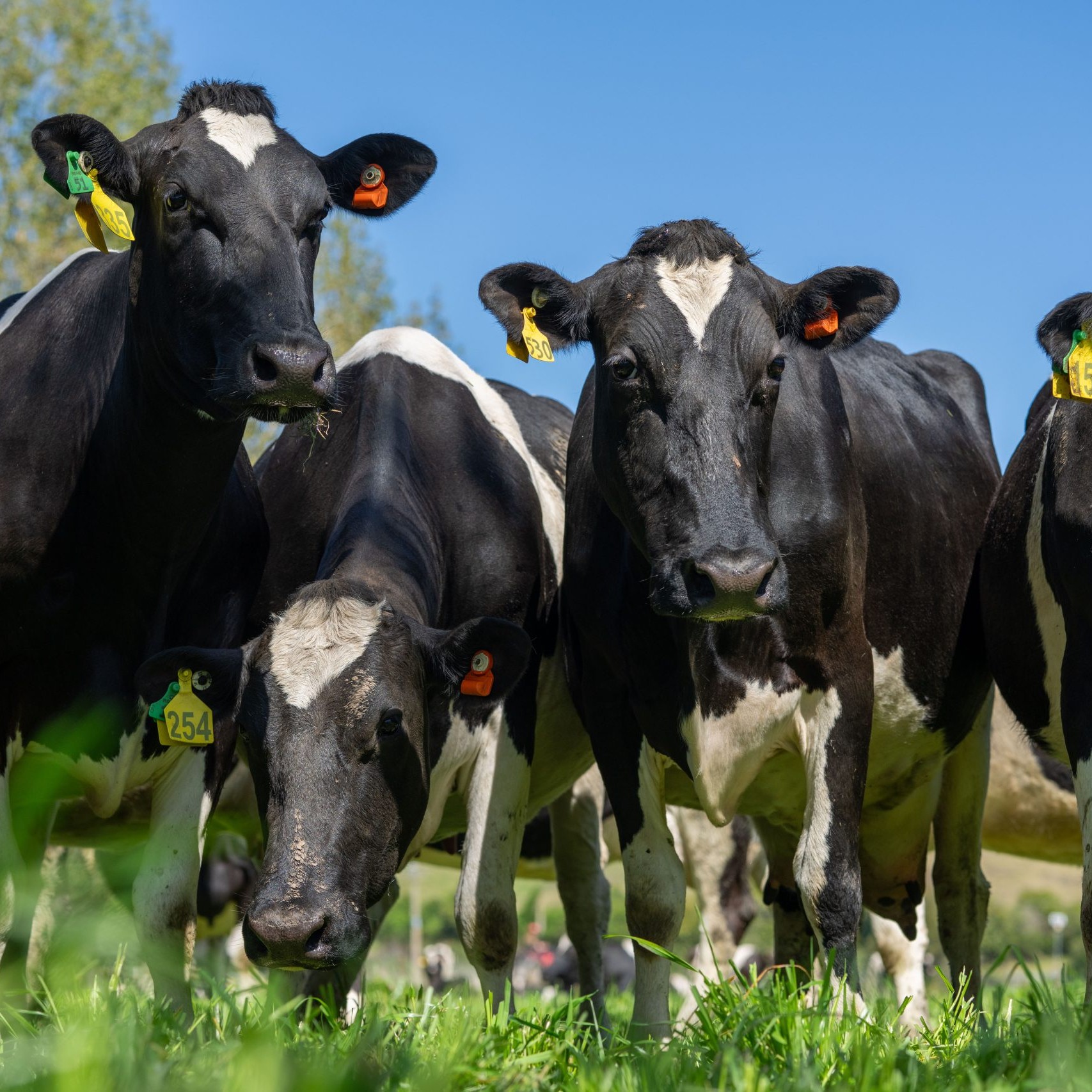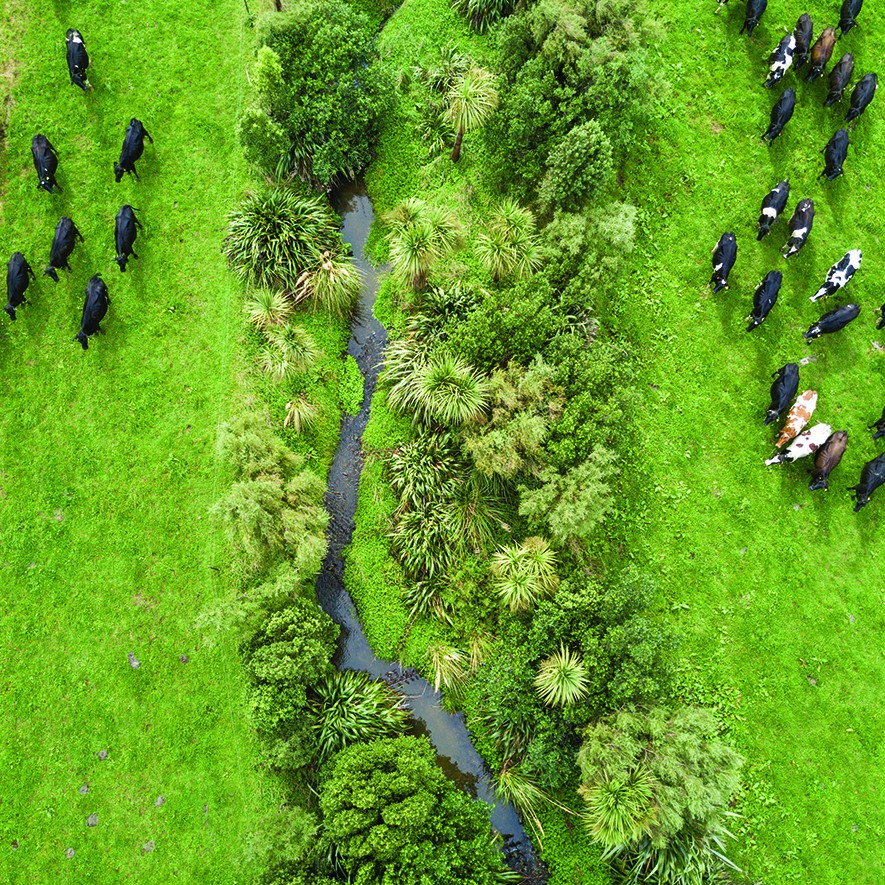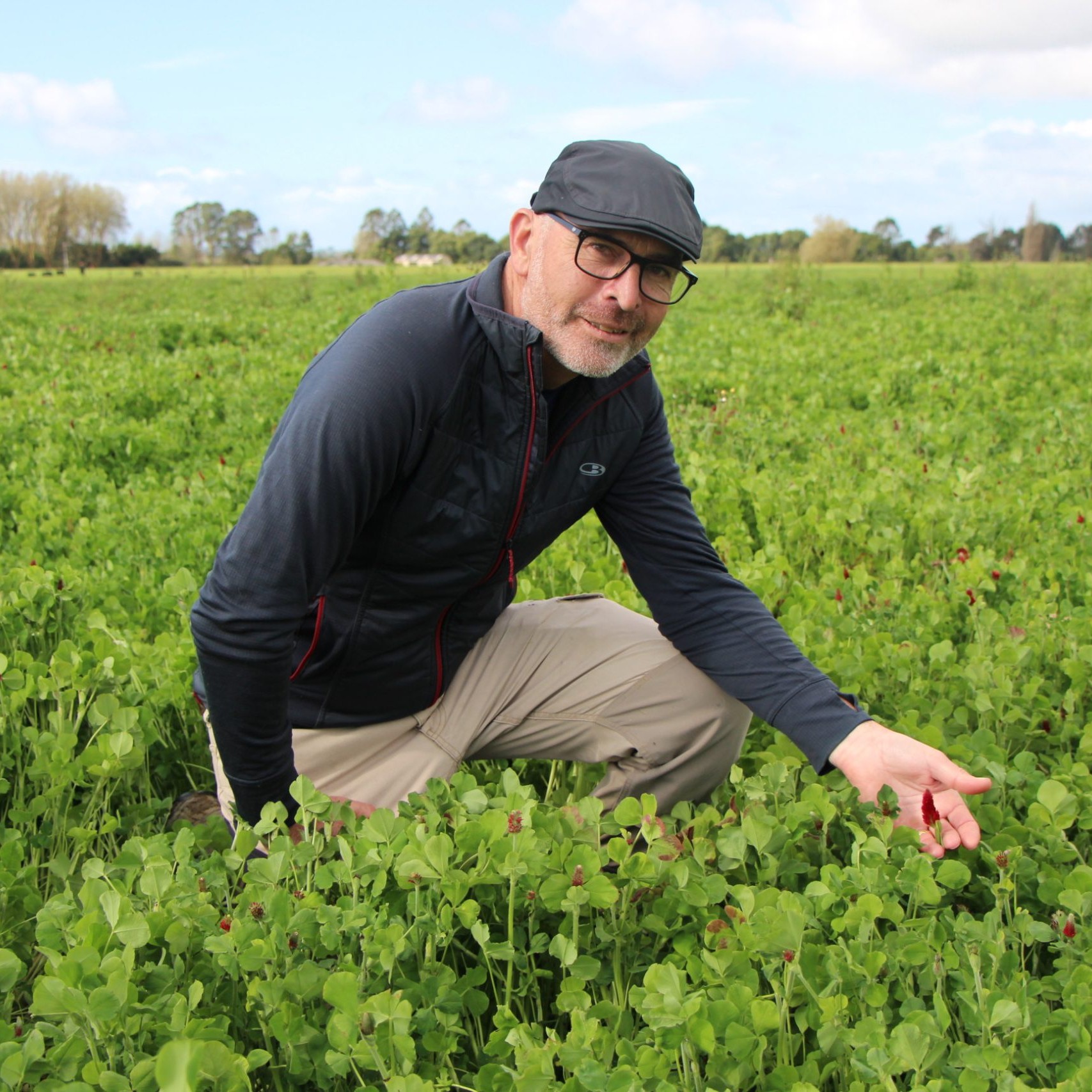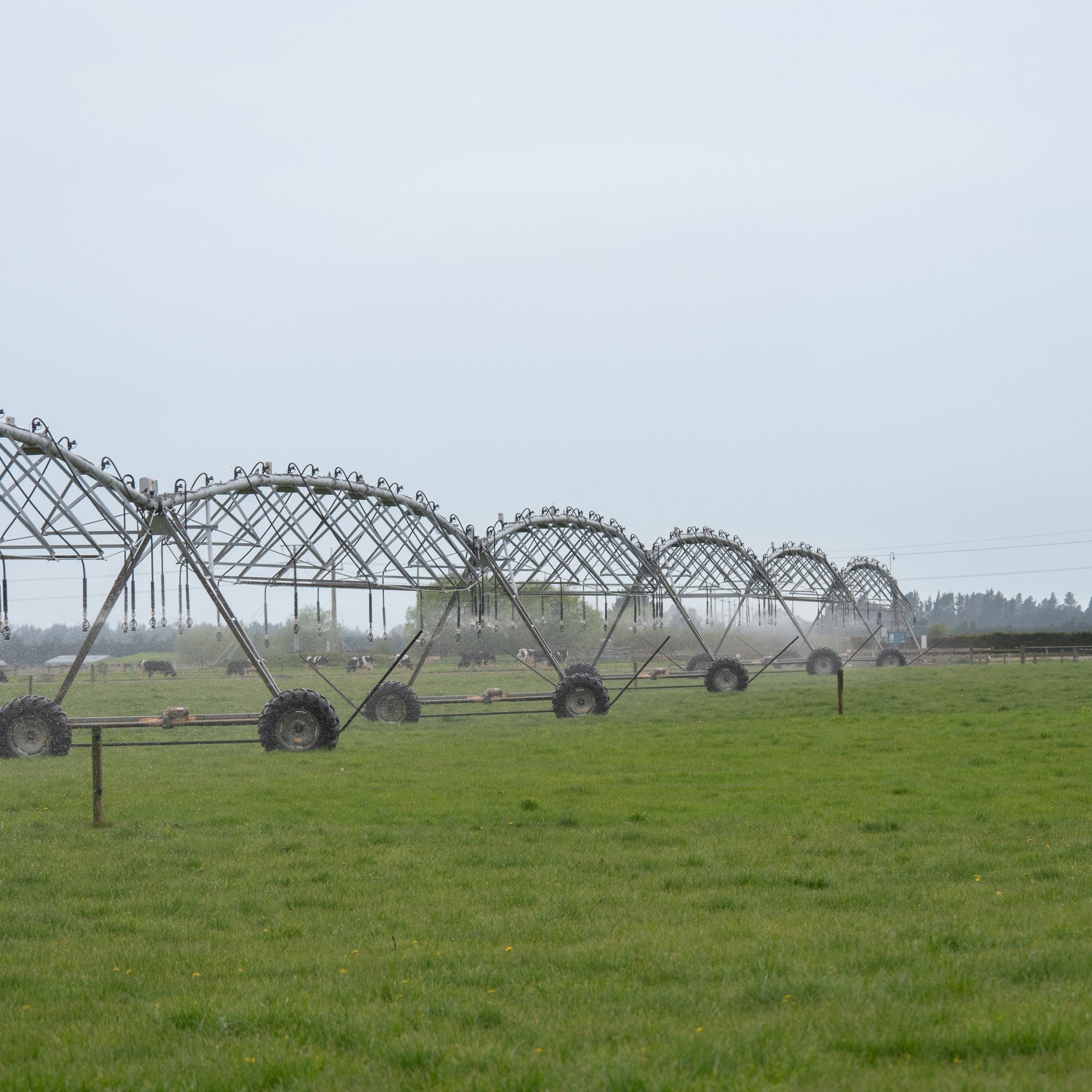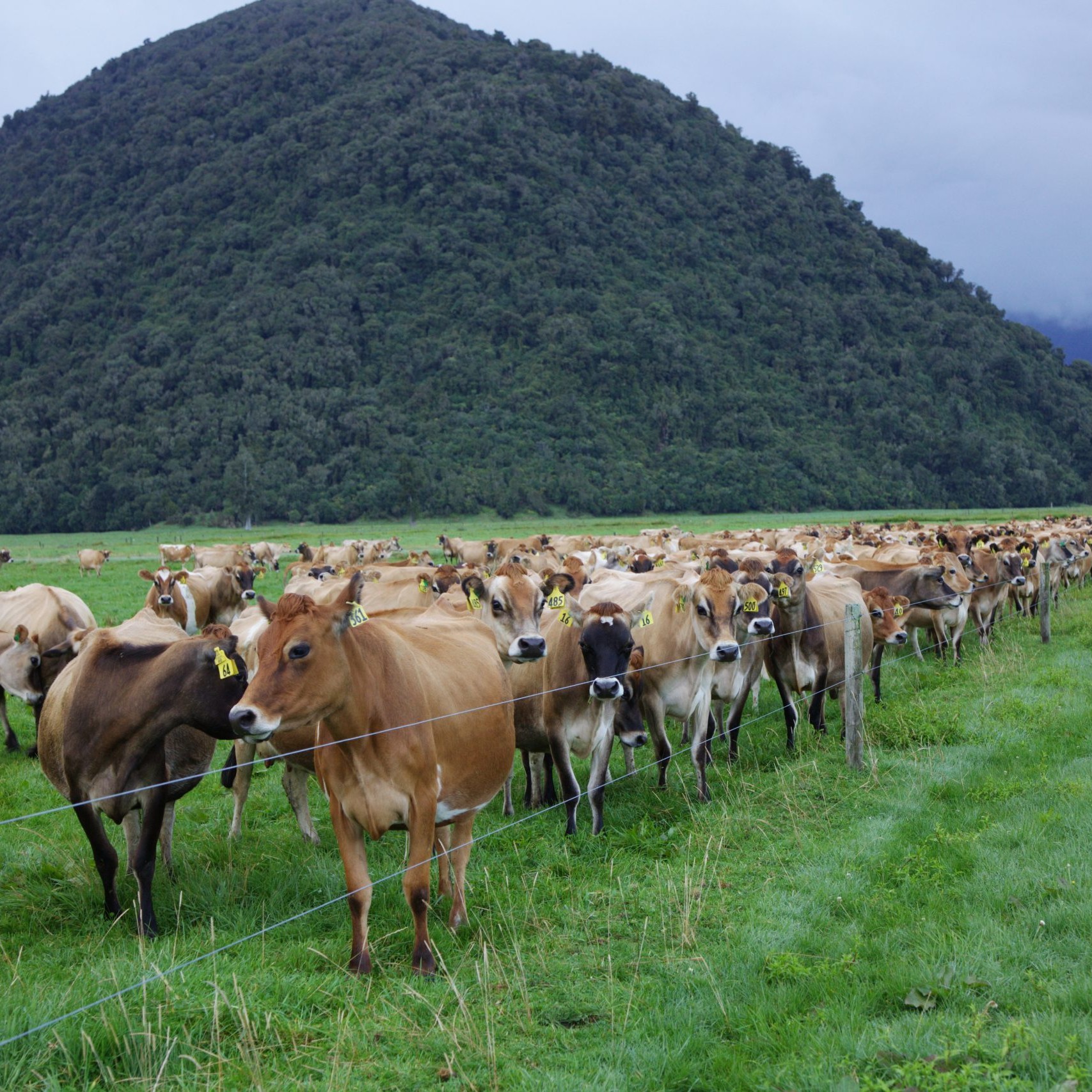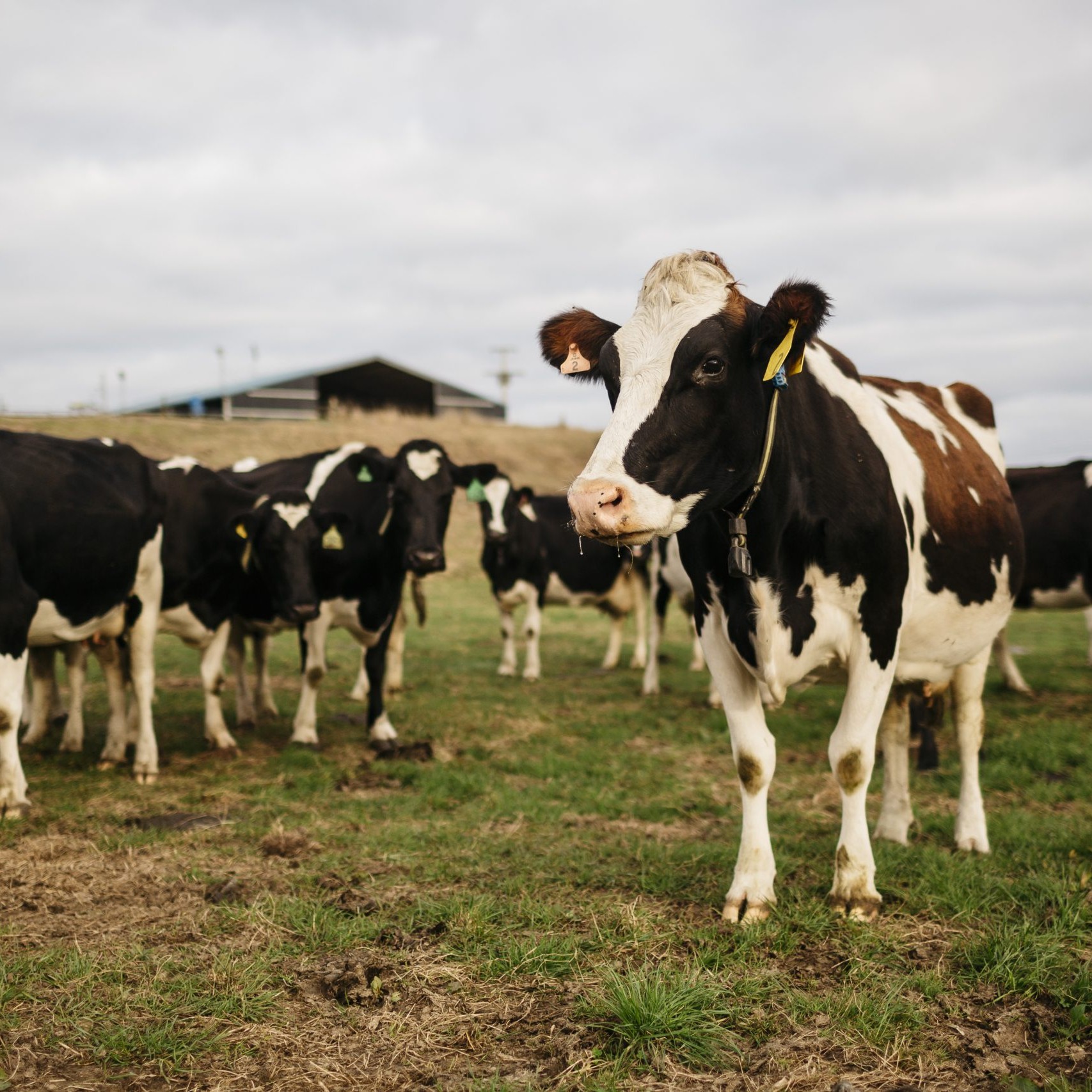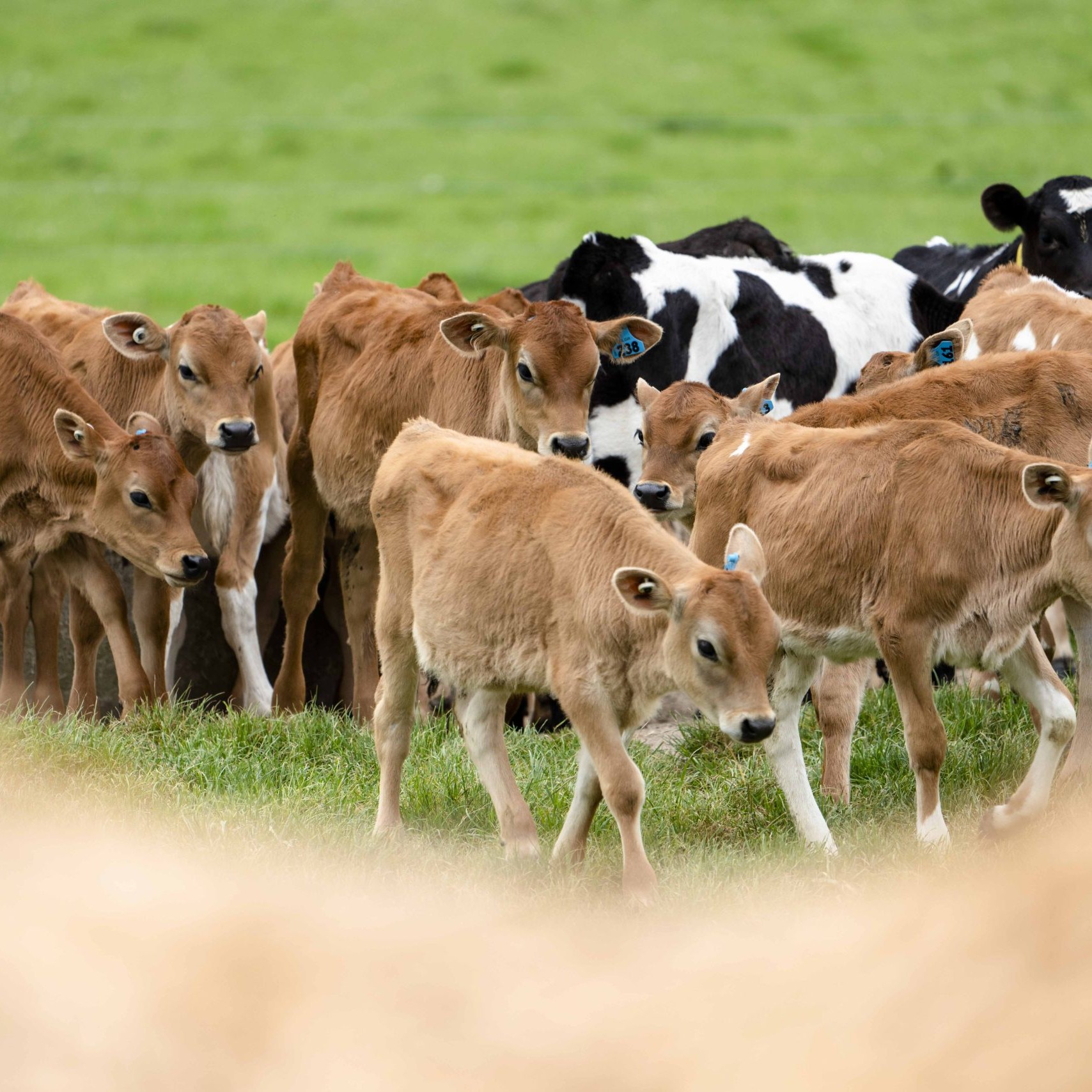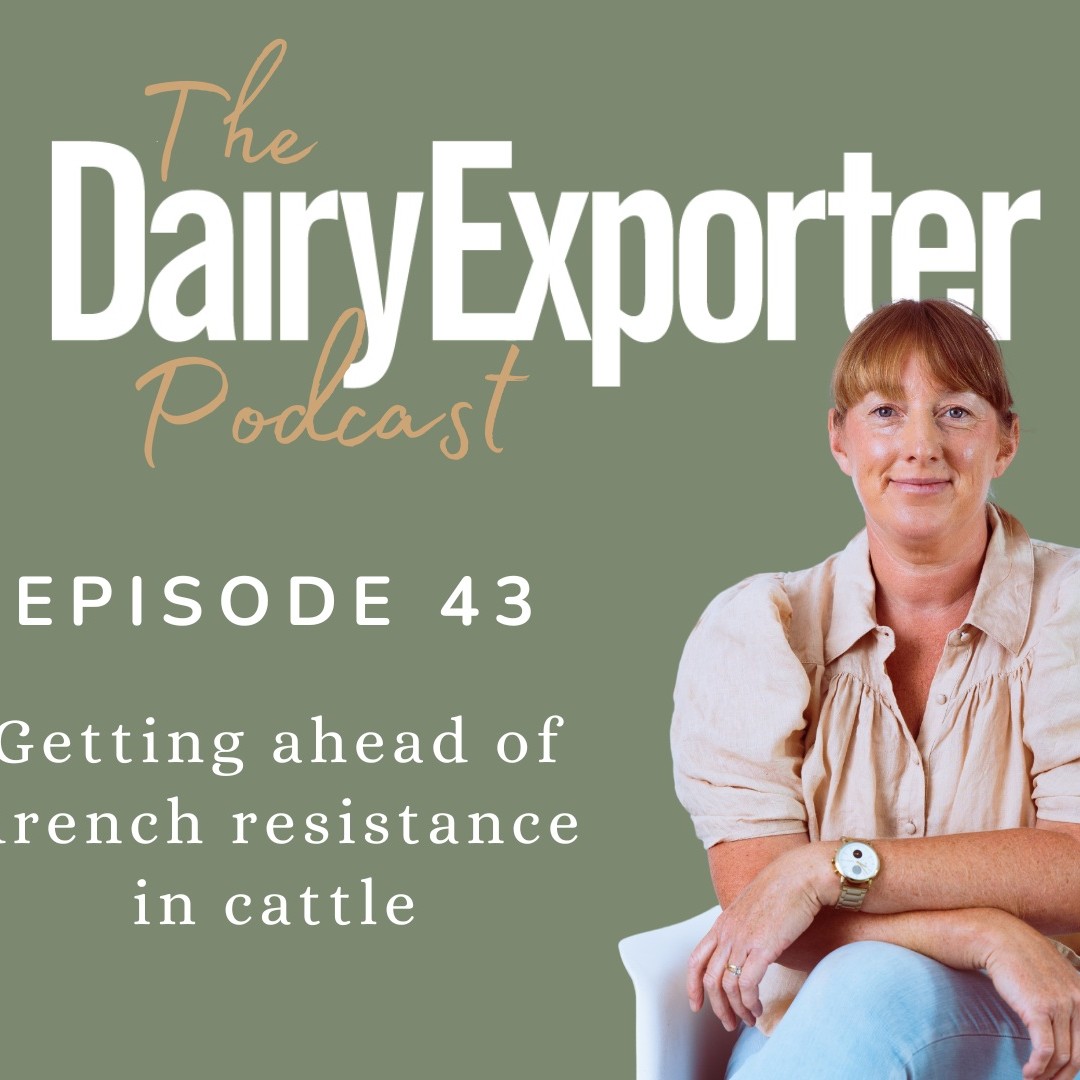All articles
Everyday Appreciation
Instead of ruminating on the negative, training your brain to focus on the positive and practising gratitude can shift your daily experiences. Words Kathryn Wright.
Research builds on milk urea nitrogen links
Breeding a more eco-friendly cow can start by selecting cows on their milk urea nitrogen trait which is linked to urinary nitrogen. Words Anne Lee.
Predator Free 2050 fantasy or reality?
Predator Free 2050 is an ambitious goal for New Zealand to achieve in just 25 years. Is it merely a fantasy or could this become our reality? Words Rebecca Greaves.
Farm plantings to get credit for carbon removal
Fonterra will be mapping the trees and plantings across dairy farms this season and will be assigning a carbon value to demonstrate the CO2 being removed from the atmosphere.
Words Sheryl Haitana Photos Michelle Good.
Manage your patch Simple Farm Environmental Plans
The new government has put pause on the roll-out of Freshwater Farm Plans, but what should dairy farmers do now while the water is still going under the bridge with legislation and bureaucracy? Resource management specialist Tammy Deans highlights what dairy farmers should be focused on with their farm environment plans to ensure they’re bringing in freshwater focus. Words Tammy Deans
Balancing nutrition over cost when assessing heifer growth
A study monitoring heifer growth rates on winter crops has shown the importance of testing all winter feeds for nutritive value and formulating winter diets to ensure nutrient requirements are being met, rather than just allocating feed on a drymatter basis. Words Andrea Dixon & Dawn Dalley.
A 120-year farming link
A Waikato dairy farmer is choosing to buy in maize silage from a neighbour which keeps his costs down and lets him focus on growing more grass on the milking platform. Words Heather Chalmers
Environmental goals a win-win
A maize grower is trialling planting clover in between crops to break the cycle of insects overwintering on grass, eliminating the need for an insecticide treatment on maize seed. Words Heather Chalmers.
Know your Soil
Irrigation season has started and it’s time for a refresher. Checking the system is working as it was designed to and managing water application by monitoring soil moisture will be well worth it.
Words Anne lee.
Every drop counts
Making every drop of water count is important when the resource is limited. Technology is helping one couple do just that. Words Anne Lee, Photos Holly Lee.
Tax no surpises
Forecasting your season ahead and picking the right tax payment system may help to avoid that unexpected eye-watering tax bill.
Words Trudi Ballantyne
Johne’s disease: The hidden threat in your dairy herd
Johne’s disease is a hidden yet widespread threat to dairy herds, silently reducing productivity and profitability, but proactive testing, culling, and biosecurity measures can help farmers take control. Words Kara Dawson.
Salmonella Spikes
There have been some catastrophic outbreaks of Salmonella this year. Salmonella can strike without warning and spread quickly at any time, so what lessons can we learn from these recent outbreaks? Words Sheryl Haitana.
Rearing heifers
Many dairy calves who have just been weaned will be heading off to grazing blocks soon. How can we support these calves to thrive during their first summer? Words DairyNZ.
Testing opens the window for reduced drenching
Taking the guesswork out of when to drench calves, via better testing and monitoring of worms, is one way farmers can help reduce the issue of drench resistance. Words Sheryl Haitana, Photos Emma McCarthy.
Episode 43 – Getting ahead of drench resistance in cattle
Drench resistance is already a widespread problem in the sheep industry, so how can dairy farmers stay ahead of the game, to avoid the same fate? Regular testing and monitoring are the keys to staying ahead, according to our guests in this episode, who discuss the tools and technology available to farmers right now.


